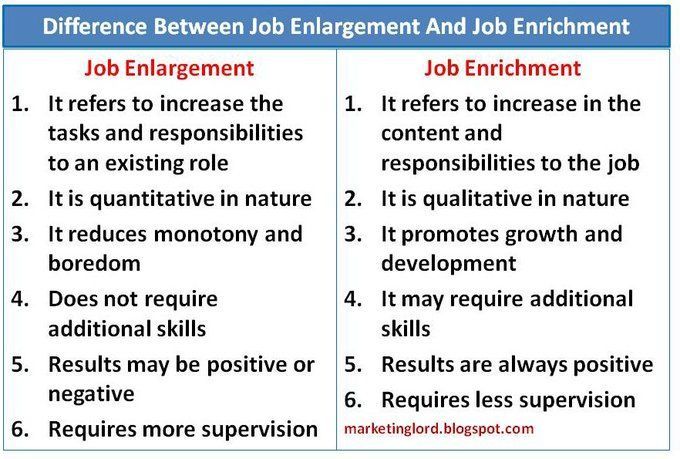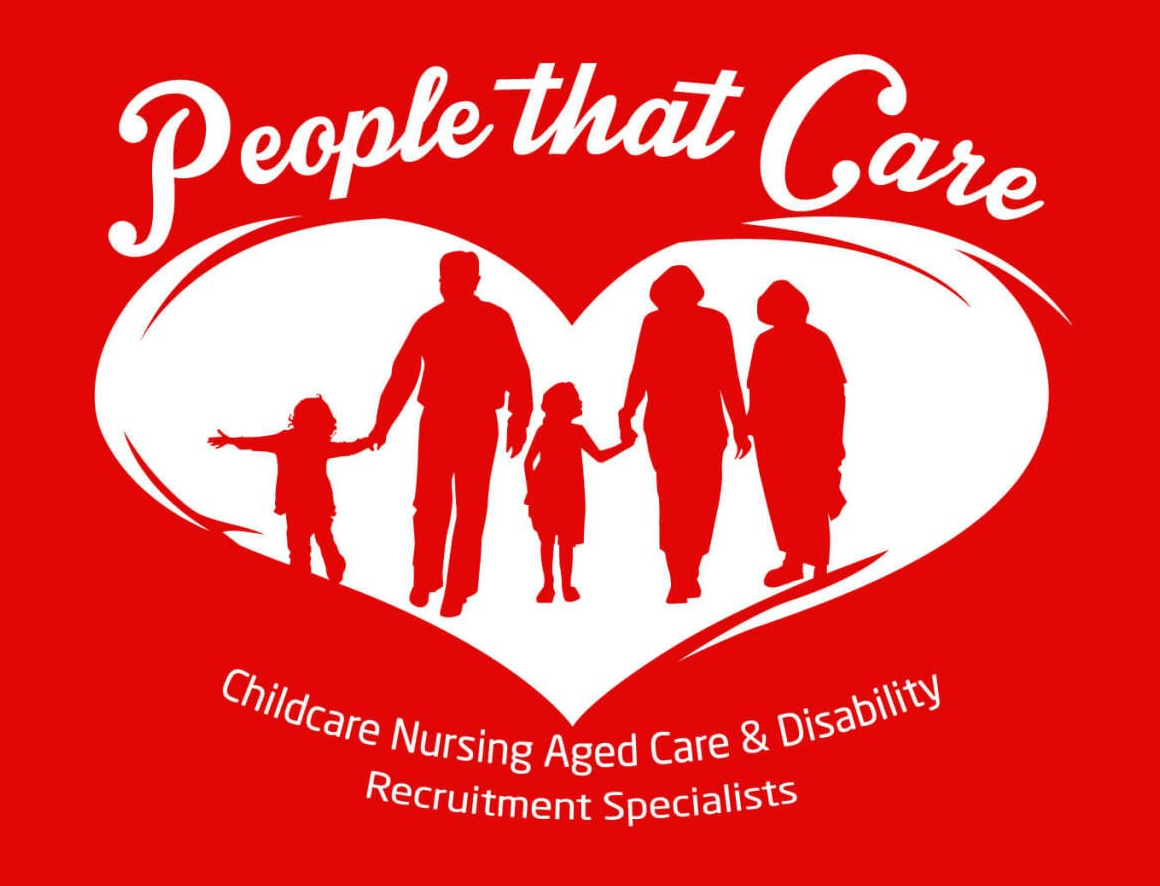What Is an HRIS? Learn the Top Benefits and How to Choose the Right One
HR managers are burned out. The pandemic introduced a whole host of new and shifting responsibilities for HR, including feeling like they need to be “on call” all the time and recruiting in a job market that’s constantly changing. In addition to this complexity and stress, 73% of HR professionals say they don’t have what they need to perform their jobs well.
Fortunately, human resources information systems (HRIS) are here to help. An HRIS helps companies track, organize, and report on important data about their employees across key HR functions, including:
- Hiring and onboarding
- Payroll, benefits administration, and time off
- Performance management
- Professional development
- Employee engagement
An HRIS isn’t just for HR. Finance, accounting, and operations teams also benefit from the real-time data and reporting capabilities in an HRIS.
In this article, we’ll break down everything you need to know about HRIS:
- What an HRIS does
- Which organizations need it
- How to choose the right one
- How to use it to make more informed decisions about your company’s most valuable asset—your people
If you’re looking for an easy-to-use HRIS, BambooHR has you covered. It helps you take care of everything from hire to retire with powerful automation, intuitive tools, and comprehensive reporting.
What Does HRIS Stand For?
HRIS stands for human resources information system or human resource information software—both are accepted uses. Human resources teams use an HRIS to manage, store, organize, and track employee and organizational information, helping them reduce their reliance on paper files, work more efficiently, and make more data-driven decisions.
HRIS Meaning: What’s an HRIS & What Makes It Useful for the Whole Company?
An HRIS is a people database that can help your company track, organize, and manage important details about employees, including:
- Name and contact information
- Demographics (e.g., birth date, gender, and employee number)
- Job information like manager, department, and work status (e.g., full-time, part-time, contractor, etc.)
- Benefits selections and compensation
- Time-off balances and requests
The power of HRIS systems is that they provide a single source of accurate data about everyone across the organization. HRIS features vary widely, but the most common ones include:
- Employee database and directory
- Payroll and benefits administration
- Recruiting and hiring
- Employee onboarding
- Time, attendance, and time off
- Employee self-service
Not all HRIS systems are created equally, though. There are many flavors on the HRIS spectrum to choose from, depending on your company needs, data complexity, and growth goals.
More advanced HRIS systems go beyond basic data tracking and provide reporting capabilities that empower HR teams to understand and strategically shape the employee experience.
For example, BambooHR provides actionable analytics to help businesses surface key trends, make data-informed decisions, and build people-focused strategies. BambooHR also offers capabilities that reduce manual processes and create a smooth experience for employees and HR teams alike, including:
- Applicant tracking system (ATS): Find and hire the right candidate for the job with all resumes in one place, automatic rankings, and keyword searches.
- Employee self-onboarding: Send new hires onboarding tasks to complete at their own pace for a better first day.
- Electronic signatures: Make it simple for your employees to fill out paperwork and easy for your HR team to digitally track and store completed documents.
- Performance management: Gather feedback from and about your team members to help them excel in their roles and grow their careers.
Free Resource: The HRIS Buyer's Guide
Choosing an HRIS is a big decision. To help, here’s an in-depth guide that gives you a comprehensive overview of all-in-one HRIS—plus tips on how to choose the right HRIS for your organization.
HRIS, HRIS System, HRIS Software, and HRM Software: What's the Difference?
There are many terms for HRIS—including HRIS System, HRIS Software, and HRM Software—but ultimately, these terms are synonymous.
7 Key Benefits of an HRIS
1. Your payroll will be more accurate.
With all employee data living in one centralized place, choosing an HRIS with built-in payroll functionality can increase accuracy and compliance, save time, and reduce the risk of errors. Integrated payroll can benefit organizations of any size, but this is especially critical for larger organizations with complex payroll processes and regulations to follow.
2. Your data will be accessible.
With an HRIS, you’ll never again have to comb through filing cabinets and spreadsheets, and you can skip manually entering data in multiple systems. All employee data is stored in one database, so every piece of information you need can be easily collected, tracked, updated, and searched in seconds.
3. You won’t have to worry about staying compliant.
A good HRIS vendor will stay on top of regulations like General Data Protection Regulation (GDPR) that impact HR teams. This helps organizations easily and confidently meet compliance requirements.
4. You’ll save a lot of time.
Even manual, time-consuming HR tasks can be quick and simple with an HRIS. For instance, employees take an average of three unreported PTO days each year. This might not seem like a big deal, but with an average salary of $22.12 per hour, three unreported PTO days quickly racks up to $530.88 per year per employee.
An HRIS makes it a lot easier for employees to stick to the PTO process—with employee self-service, employees can check their PTO balance, and they don’t have to hand any kind of physical paperwork to their manager. The HRIS routes the request, and the manager reviews and approves PTO in the system.
5. You’ll have space to be more strategic.
With fewer manual operational tasks to manage, you can spend your valuable skills and time on strategic HR initiatives that deeply benefit the business, like improving employee retention, increasing team productivity, and shaping your company culture.
6. Your employees will have a better experience.
Whether it’s an effective and enjoyable onboarding process, a rock-solid performance review cycle with documented feedback, or easy time-off requests, a smooth interaction with your company’s HRIS can improve your employees’ overall experience.
7. Your reporting will be more impactful.
As you report on HR performance to your leadership team, an HRIS can help you pull data that aligns your efforts with business goals and objectives. Sharing accurate, timely data from across your organization—including key metrics like employee engagement and retention rates—can help executives get more bought into HR initiatives and make better strategic decisions.
Powerful data insights are only a click away.
With BambooHR, you can manage and report on your sensitive people data with an organized, secure database—no technical experience required.
How to Choose an HRIS
Choosing the right HRIS can feel like a daunting task. There are countless options, each with their own unique features and benefits.
To make sure an HRIS meets your organization’s needs both now and in the future, we recommend focusing on three key areas: your company’s growth trajectory, how your HRIS will fit in with other business tools, and how you’ll get the most out of your HRIS.
1. Consider your growth trajectory.
Your employee count is one of the most important factors to consider when selecting an HRIS. Different HRIS systems are designed to accommodate different company sizes, and it’s important to choose one that can meet your needs both now and where you’re looking to grow in the future.
- Small businesses: You may only need a basic HRIS for things like managing employee data, time-off requests, and basic payroll functions. These more basic systems tend to be relatively low cost and simple to use, whether you have a formal HR team or not.
- Larger organizations: If you have hundreds or thousands of employees, you’ll need an HRIS that can handle more complex HR functions like benefits administration, compliance tracking, and performance management. These more complex systems tend to be a higher financial investment, but they’ll offer flexibility and customization options based on your organization’s unique needs as you scale.
- Future growth: If you anticipate significant hiring in the near future, it may be worth investing in a more robust HRIS now to ensure that you don’t outpace your system too quickly.
- International workforce: Another important consideration is the ability of your HRIS to handle employees in different countries. If you have plans for international expansion, you’ll want an HRIS that can accommodate different languages, currencies, and compliance requirements. Look for systems that have experience working with global organizations and can provide the support and expertise you need to manage your international workforce.
2. Understand how your HRIS will integrate with your tech stack.
When choosing an HRIS, it’s important to understand which other business tools will need to send or receive data from the system.
Here are some questions to start thinking about:
- Which existing tools will be replaced by your HRIS?
- Which other teams will be relying on data from the HRIS?
- What does the technical integration process look like?
- What kind of integration support will you receive from the vendor?
Integrations can vary widely depending on each HRIS and your organization’s unique needs. Some vendors offer pre-built integrations with popular HR systems, such as payroll software or benefits administration platforms. Others may require custom integrations, which can be more time-consuming and expensive.
Look for vendors who offer dedicated support teams and a clear, step-by-step integration process.
3. Start building roll-out plans to increase adoption.
Deciding on an HRIS is an important and often expensive decision, but the rewards and ROI of committing to the new system will far outweigh the initial setup and adjustment pains.
Here are a few suggestions for how to get the most out of your new system:
- Build a plan to get all of your data migrated, taking into account needs across different teams in your organization.
- Define, communicate, and settle into new processes. Don’t forget to share the plan and report on progress with your employees and leadership team!
- Design a roll-out plan, complete with training to make it easier for your team to get onboarded and familiar with the HRIS capabilities and expectations.
- Lean on your HRIS vendor. They’re your partner in this endeavor and should deeply understand and care about HR challenges to help you reach your goals.
What Is the Best HRM Software?
BambooHR is widely recognized as the best HRM software on the market with an intuitive, cloud-based platform that simplifies HR processes like employee data management and reporting, time-off request tracking, payroll and benefits administration, and hiring and onboarding.
BambooHR has received numerous awards for its customer satisfaction and innovative approach to HR management. TrustRadius, a leading review platform for B2B technology, has included BambooHR in the Top Rated Awards for HR Management Software multiple years in a row.
BambooHR is also recognized by G2 as a leader in the HR Management software category, receiving high customer praise for ease of use, reliability, and overall customer experience.
Next Steps: Find the Right HRIS for Your Business
Choosing an HRIS is a task that shouldn’t be taken lightly. The right system can help solve your organization’s biggest problems and set your HR team free to make a massive, strategic impact on your organization.
If you have any questions during your HRIS research, including whether or not an HRIS is the best option for your organization, we’re here to help—talk with our team of experts and get a demo of BambooHR today!
Source: https://www.bamboohr.com/blog/what-is-an-hris


